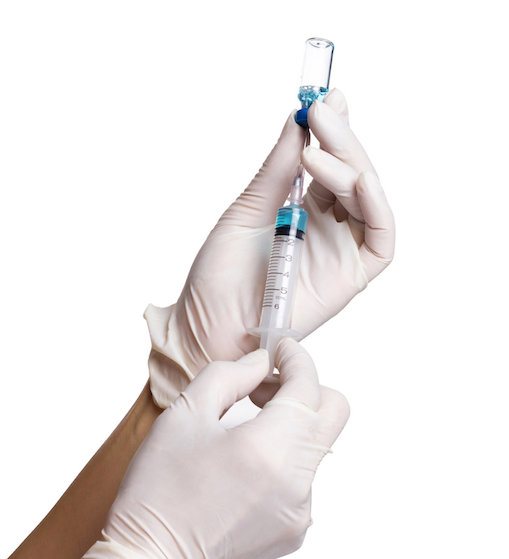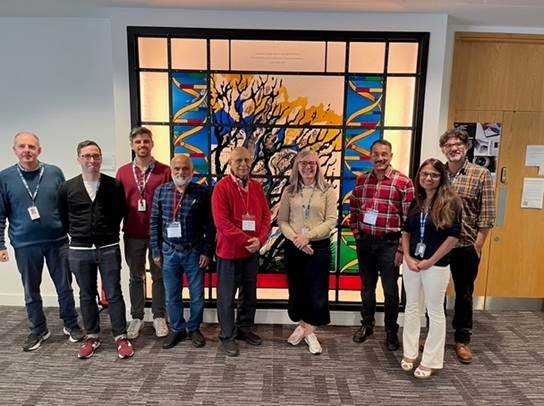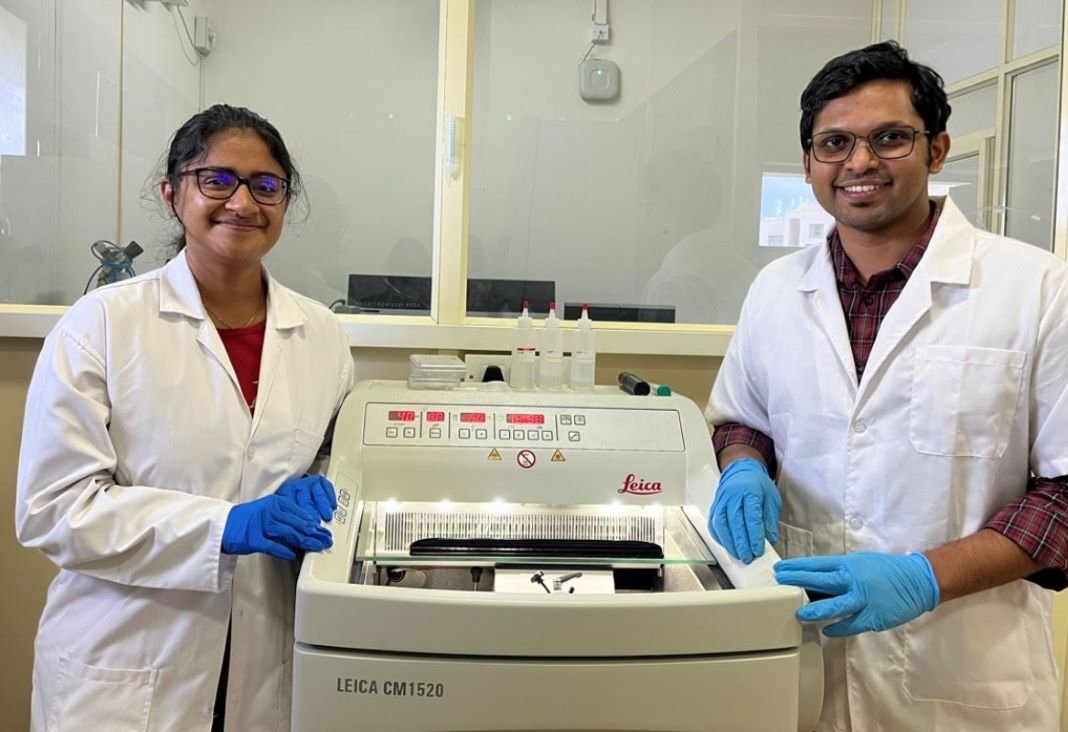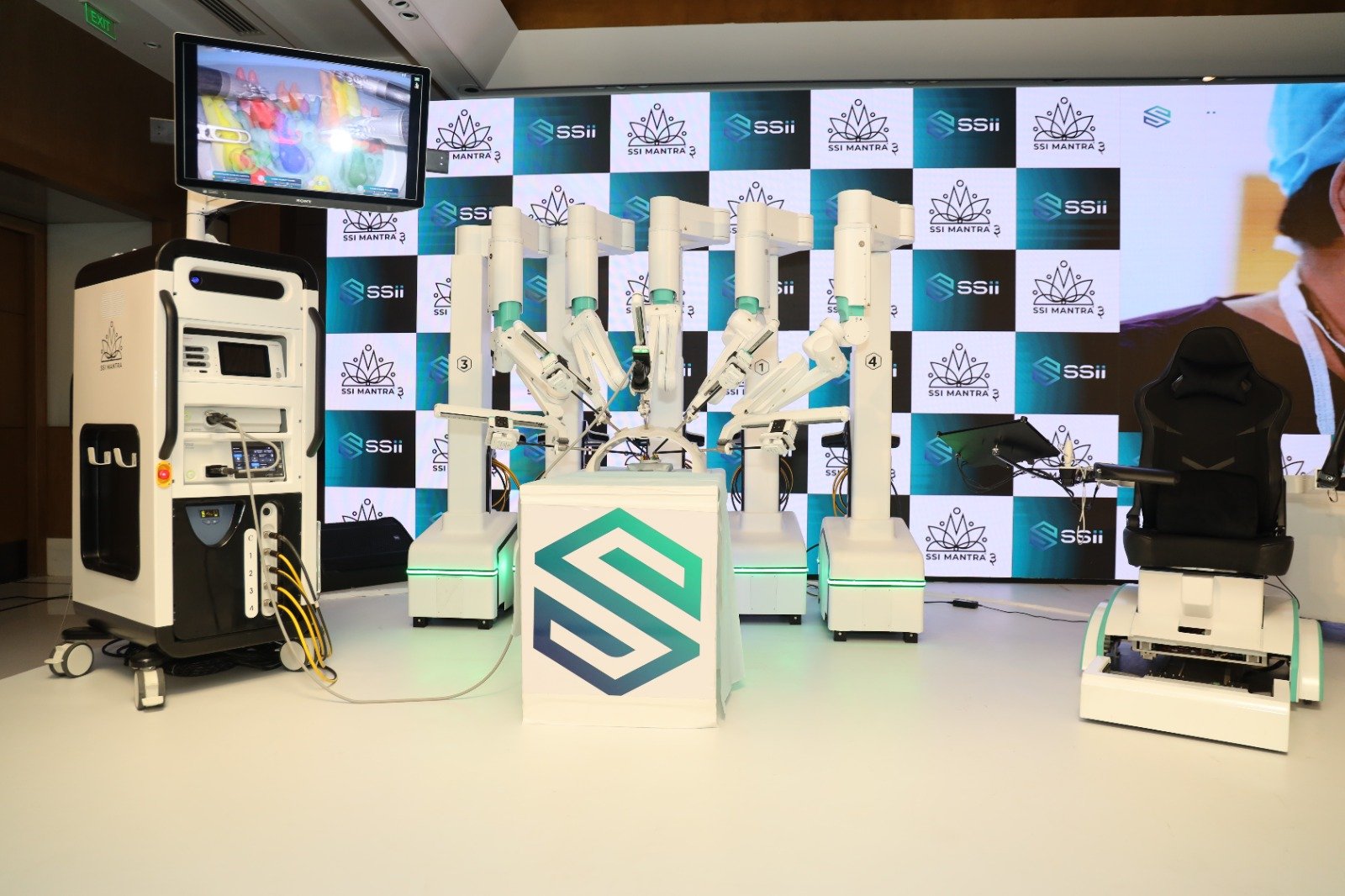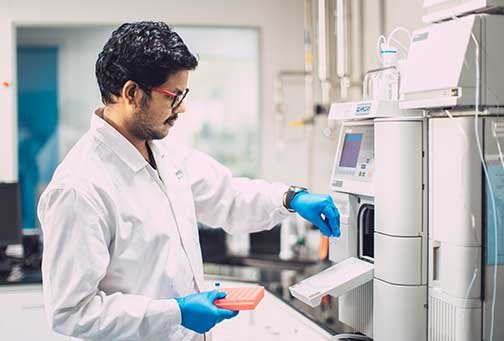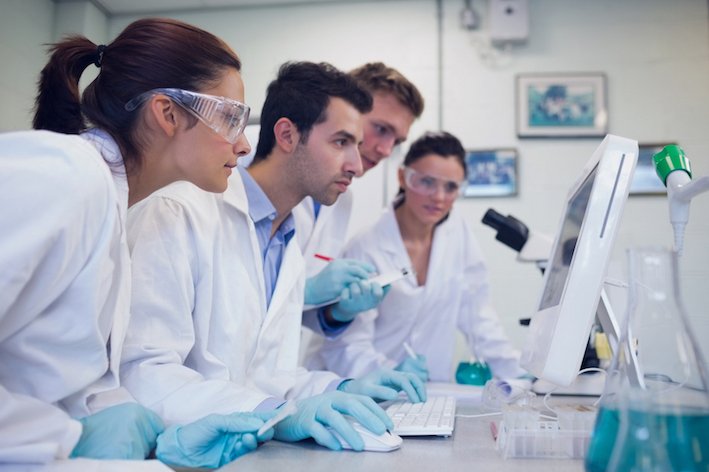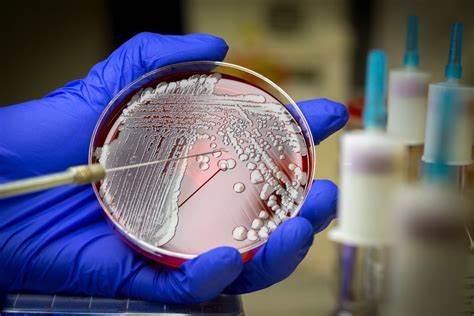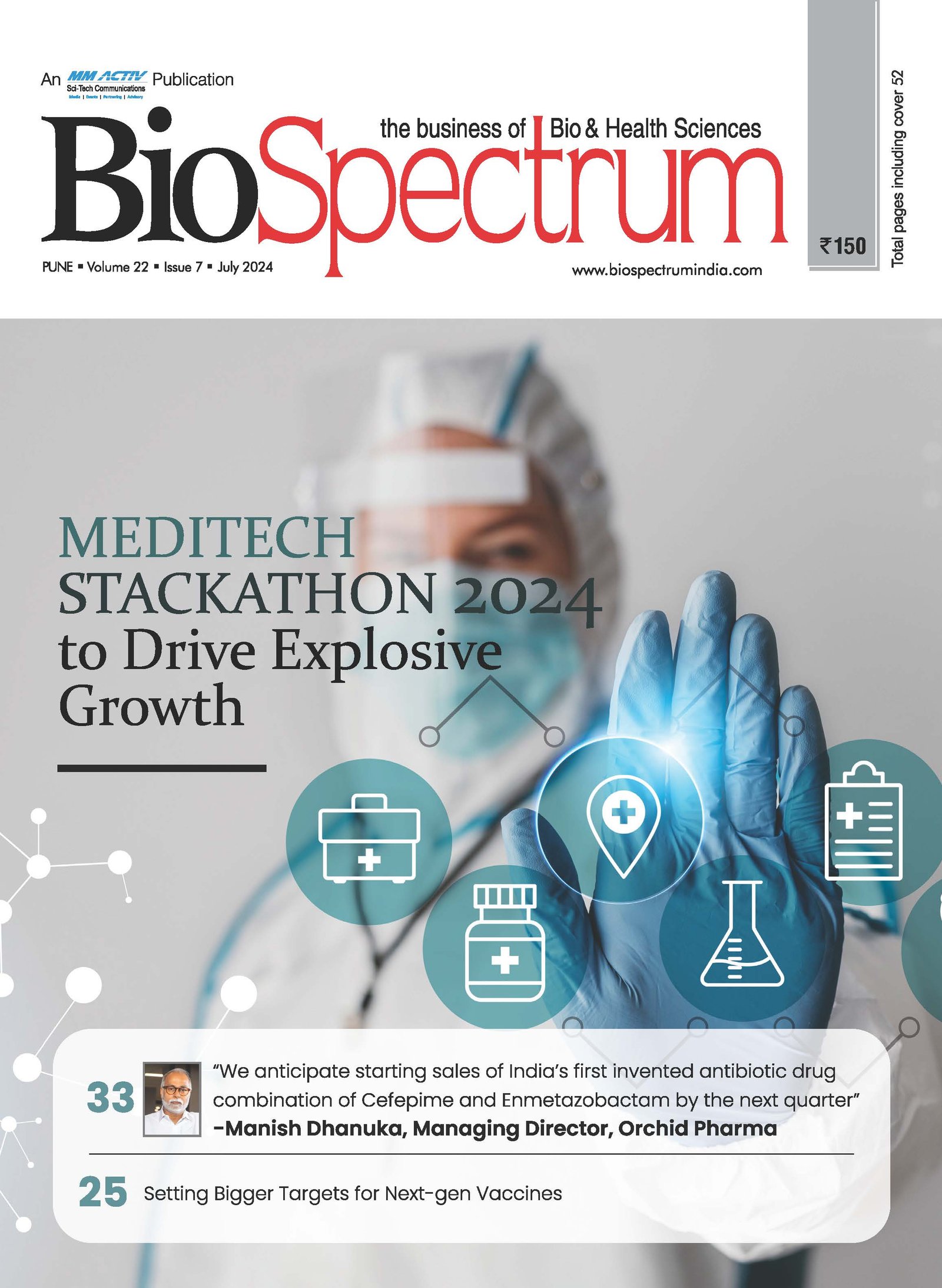Merge, acquire or expire
07 May 2007 | News
Merge, acquire or expire
This is the survival mantra for life sciences companies, globally, more so across the Asia Pacific region, and especially in the biopharma segment.
There is a distinct trend of Asian companies expanding footprint, building ground presence, in short going global through the acquisition route. In fact, there are two distinct trends. One, MNCs gaining foothold in Asian markets via acquiring a majority stake of businesses in high-potential markets like India and China and two, Asian companies establishing presence in the US or European markets via acquisitions and consolidating presence in Asian markets inorganically through mergers or acquisitions. And it is the latter trend, which is emerging to be stronger of the two showing signs of picking up further.
Dominant trends
For the next five years consolidation will be the primary theme in the life sciences sector in Asia. Also, the consolidation trend is strongest in the generics space. And most of this merger & acquisition (M&A) activity is taking place in China & India.
Bundeep Singh Rangar, Chairman of the UK-based IndusView Advisors, in his recently published report states that the Indian pharma sector accounted for nearly $2.5 billion worth of M&A deals in 2006 compared with just $364 million the previous year.
According to the Ernst & Young's 2006 Global Biotechnology Report, most of the deals in the Asia Pacific region are driven by the need to increase access to these large and growing drug markets, and by the need to lower the costs of drug development. While patent expirations are fuelling the increased deals in the generics segment, the number of deals in vaccines was energized by concerns around the avian flu, SARS, and biodefense products.
According to Research and Markets, China is witnessing a major merger and reorganization among biotech companies and large-scale pharmaceutical enterprises. Some recent examples include Taiji Industry acquiring Chongqing Traditional Chinese Medicine, Shanghai Pharmaceutical's buy-out of Shandong Xinhua Pharmaceutical and Topsun Group's acquisition of Hubei Qianjiang Pharmaceutical.
While the Asian companies have sensed the big opportunity and are moving in to make gains the big pharma is making its moves to retain leadership. A key factor that is forcing big pharma to allocate substantial resources for strategic transactions with biotechnology companies is, of course, the fact that a considerable number of blockbuster drugs will soon lose patent protection. Patent expirations are in turn fueling the demand for innovative technologies and products to fill big pharma's thinning product pipelines.
This is driving an extraordinary push to in-license biological products or to acquire biotechnology companies that are rich in promising drug candidates.
During Q2, 2006, pharma companies spent over $2 billion in acquisitions. The big ones of course were Merck's acquisition of GlycoFi and Abmaxis and Pfizer's acquisition of Rinat. In each of these acquisitions, a big pharma company and the smaller biotech company had earlier entered into a strategic alliance.
While Merck has collaborated with biotech companies in the past - 16 deals since 2000 – its May 2006 acquisitions mark the company's first strategic, long term commitment to building an infrastructure for the development and manufacture of biological products.
Following the Merck example, many other pharmaceutical companies have been snapping up companies with biologics, especially antibodies, the hottest class of molecules in development today.
Both big pharma and small biotechs have become more flexible in exploring deal terms that help both entities achieve financial and strategic business objectives.
Biotech deals follow the buck
According to the Burrill Biotech figures for Q4, 2006, this was a big year for biotech/ life sciences fund raising. Financings and partnering deals brought in a record $47 billion for US companies with over $27 billion through financings and $20 billion in partnering capital."
In total biotech raised $6.2 billion in Q4, 2006, picking up the pace again after Q3 06, which saw only $2.4 billion collectively raised by the industry.
"But what is driving the hectic pace of activity in the biotech space is rising drug development costs, tougher regulatory approval processes and unexpected clinical trial results, companies are looking at safe survival tactics," explained Sergio Garcia, co-chair of the life sciences group of the UK-based consultancy, Fenwick and West.
Biotechnology company executives also must contend with the uncertainty of going public. The cost and burden of compliance with Sarbanes-Oxley requirements makes being a public company more expensive than ever-130 percent more expensive according to a recent Goldman Sachs estimate.
Overview of Mergers & Acquisitions in the Asia Pacific Region in 2006-07
| Country | M&A deal | Segment |
| India | Dr Reddy's Lab buys Germany's betapharm for $570 million | Pharma |
| India | Ranbaxy acquires Terapia for $324 million | Pharma |
| India | Zydus Cadila acquires Liva Healthcare | Pharma |
| India | Nicholas Piramal acquires Pfizer's UK facility | Biotech |
| Germany | Bayer AG acquires OTC drug maker Jiangsu Qidong Gaitianli | Pharma |
| Australia | Peptech acquires Promics | Biotech |
| Japan | Eisai acquires California-based Ligand oncology portfolio | Pharma |
| China | American Oriental Engineering acquires Heilongjiang Qitai pharmaceutical | Pharma |
| Hong Kong | CK Life Sciences buys 80 percent stake in Vitaquest for $166 m | Biotech |
| China | Beijing Med-Pharm Corporation acquires majority interest in Shanghai Rongheng Pharmaceutical | Pharma |
| Malaysia | Welch Allyn acquires Malaysian medical products distributor MediAids | Medtech |
| Singapore | CyGenics boosts Malaysian presence, acquires 20 percent stake in DNAPro | Pharma |
| India | Orchid acquires 100 percent of Bexel discovery entity | pharma |
| Australia | Australia's biotech major CSL acquires Zenyth Therapeutics Limited | Pharma |
| Australia | Hospira acquires Mayne Pharma for $2 billion | Pharma |
| India | Ranbaxy acquires GSK's unbranded generic business in Italy | Pharma |
| India | Strides Arcolab acquires Singapore generics manufacturer for $12.52 mn | Pharma |
| Australia | Mayne Pharma acquires SuperGen oncology products | Pharma |
| China | Inverness Medical acquires ACON laboratories China facility | Medtech |
In addition, companies that would once have pursued an IPO are finding that the IPO bar is set much higher than in the past-with IPO investors demanding to see a path to revenue and profitability.
Biotechnology companies are finding that partnering continues to be a viable strategy to mitigate market and regulatory risk, and to maximize the probability of success for their development programs.
Smaller biotechs follow exit strategies
For small biotech firms, mergers essentially serve as exit strategies as most of them have touched a financial dead-end due to soaring R&D expenses. Since these companies do not have the wherewithal to market and commercialize their products, they prefer merger with larger pharma companies who have deep pockets and excellent marketing, mass-production and distribution resources.
By merging with a big pharma company, smaller biotechs can focus on specific drug applications and develop them until they are ready for market. Mergers also help smaller companies get access to research and intellectual property.
Merging gives an opportunity to re-examine existing alliances and eliminate unwanted associations. An alternative to merging is to form alliances with service companies that specialize in everything from research to clinical trials. This solution may allow a small company to maintain its autonomy and grow large enough to demand a higher price in an eventual merger.
From the big pharma perspective, most large pharma giants may find themselves competing with numerous small, specialized companies that can each outperform them at individual tasks. By acquiring smaller drug developing companies, they can increase the product pipeline without sacrificing efficiency or long-term growth.
The general trend
According to PricewaterhouseCoopers, during 2005 M&A activity in the pharma and healthcare sector remained buoyant with a total of 2048 deals worth $152 billion.
Other stats by Ernst and Young that track pharma and biotech note that in 2006, the M&A activity continued to dominate the market, only this time the activity grew by 60 percent with average premium in M&A transactions valued at $500 million.
Glen Giovannetti, Ernst & Young's Global Biotechnology Leader, elaborated that in many ways, 2006 was the year of the deal - but this is all the more remarkable because there was no one deal of the year.
"In prior years high deal-value totals were typically driven by a single mega deal, but in 2006 we now have widespread recognition among buyers of the potential value in biotech's platforms and pipelines. That's remarkable, and a testament to the tremendous innovation of the global drug development industry," he said.
Utkarsh Palnitkar, Head, Health Sciences Practice, Ernst & Young, throws light on the Asian scene. He elaborated, "Asian biotechnology companies face critical challenges in their efforts to accelerate the transition to become enterprises driven by research and development. Companies are leveraging the Asian advantage in bio-manufacturing and contract services arena and utilizing them to drive the growth story in drug discovery and research."
In Asia Pacific, governments and companies are moving aggressively to make the transition from competing on cost to developing homegrown innovative pipelines. More companies are looking to reinvest revenues from services to develop innovative pipelines, and are mulling M&As to accelerate commercialization efforts.
A case in point is Japan's active market, which saw big deals in the last two years. Among the notable ones are the $7.7 billion Sankyo merger with Daiichi Pharmaceuticals, Dainippon Pharmaceuticals $2.12 billion consolidation with Sumitomo Pharmaceuticals and Astella's Pharma's acquisition of North Carolina-based Dynogen Pharmaceuticals.
Creating
generics success through acquisitions
Jonas Tryggvason, executive vice president of Iceland-headquartered Actavis Group for Central-Eastern Europe and Asia sales tells BioSpectrum how his company became one of the world's leading players in high-quality generic pharmaceuticals. Actavis owes its phenomenal growth to successful integration of a number of acquisitions of promising companies across the world. Excerpts from the interview: Tell us about your growth strategy? We follow a very aggressive growth strategy that is driven by acquisitions. In the last five years, we have made strategic acquisitions that allowed us to expand on a global scale, enhance our product pipeline, and strengthen our employee base throughout the entire group. As a global pharmaceutical company, we realized the potential of the US market, and aggressively expanded our capabilities to deliver there. The acquisitions of Amide Pharmaceuticals (2005), Alpharma Human Generics (2005) and Abrika Pharmaceuticals (Dec 2006) have allowed us to strengthen our foothold in this geography. The US division portfolio now comprises more than 185 projects in a wide range of dosage forms including tablets, liquids, ointments and growing presence in the controlled-release market. Our acquisition of Lotus Labs (Feb 05), an Indian CRO has bolstered our API production by providing access to lower cost CRO capabilities in India. How has the company fared in the last fiscal year? Following our strategy of acquiring newer product pipelines and entering into newer markets, we have garnered revenues of $1.8 billion (1.4 billion euros) at a growth rate of 168 percent in FY 2006. This year, we are still looking to acquire more companies and further expand our portfolio. Currently, we have 650 products in the market spread across 60 countries. We filed 30 ANDAs in the US market in 2006 and hope to increase that number in 2007. What is the key criteria you use when you acquire companies? Our first criterion is to see how well the new company fits with our existing organization; whether it can add value to us or vice versa. Secondly, the company we want to acquire also should have a unique product pipeline or a capability that we do not possess. Finally, we also acquire companies that give us a competitive edge and access to new geographies. What are your focus markets in Asia? We have active presence in India, China, Singapore and Vietnam and are mulling to enter Indonesia; currently we are charting a production plan for that region. India plays a very critical role for us, we have established our global centre for clinical research operations through the acquisition of Lotus Laboratories. In addition to this India also plays a key role in supply chain as we work with many API manufacturers and CRO companies in this country. |
Krishna Vilasini Bharadwaj




